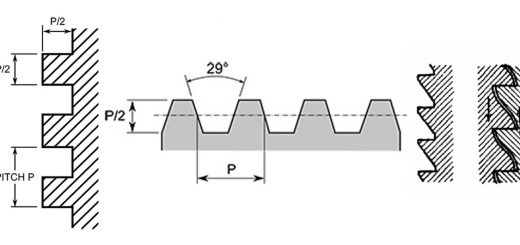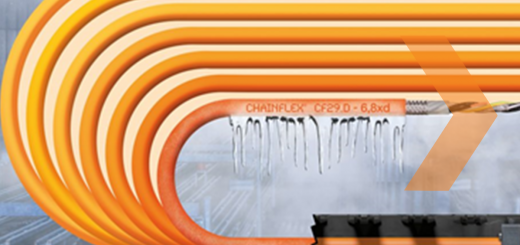Making underwater welding safer with robotics
By Jared Worth
Underwater welding is one of the most dangerous professions out there. Divers face dangers not only during the welding process itself, but throughout the entire dive. This blog is going to examine some of those dangers, and how robotics and automation can be utilized to mitigate them and make the profession safer and more efficient.
What makes underwater welding so dangerous?
Every job an underwater welder works presents a myriad of risks, both short and long-term. Precautions are taken to reduce the risk as much as possible, but regardless underwater welding has a 15% death rate. Not only is death a concern, but debilitation and general quality of life risks as well.
Short term risks of underwater welding
- Electrocution: Underwater welders performing wet welds or working in partially submerged spaces face the risk of electrocution. Contrary to popular belief, this is one of the least common causes of death for underwater welders – with only one recorded instance of a welder being electrocuted while underwater – but it’s still a serious concern for underwater welders.
- Explosions: Pockets of gas can form during welding and get trapped in closed spaces, creating the risk of explosion if the gasses aren’t properly vented. If oxygen pressure is low enough, holes can even be blown in the torch cable, potentially causing injury.
- Decompression Sickness: As with all divers, special care needs to be taken to prevent decompression sickness. Underwater welders work up to hundreds of feet underwater, often without another diver in the water with them, making decompression illness a significant concern.
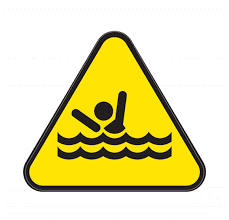
- Drowning: The most common cause of death for underwater welders, drowning can be caused by a number of factors. Gear failure is typically the culprit, with air umbilicals, masks, and oxygen tanks all presenting possible points of failure that can lead to drowning.
Long-term risks of underwater welding
- Dysbaric osteonecrosis: An affliction long-time divers face, dysbaric osteonecrosis (also known as avascular necrosis or bone necrosis) is the death of bone tissue due to a lack of blood supply reaching the tissue. Most commonly seen in the femur, bone necrosis often requires surgery for treatment, and sometimes total joint replacements. While not fatal, bone necrosis can be severely debilitating, and notably ended the career of pro athlete Bo Jackson.
- Nervous System: According to a study performed by the Norwegian Underwater Technology Center in Bergen, Norway, there’s a connection between deep diving and long-term effects on the nervous system, including cerebral dysfunction, seizures, and transient global amnesia.
How can robotics be applied to underwater welding?
What’s the easiest way to reduce the risk underwater welders are placed under? Simple: take the welders out of the equation entirely. Thanks to robotic arms and underwater ROVs, this idea is getting closer and closer to becoming a reality. Welding robots already exist for standard welding applications, and are able to weld with greater efficiency and quality than human welders.
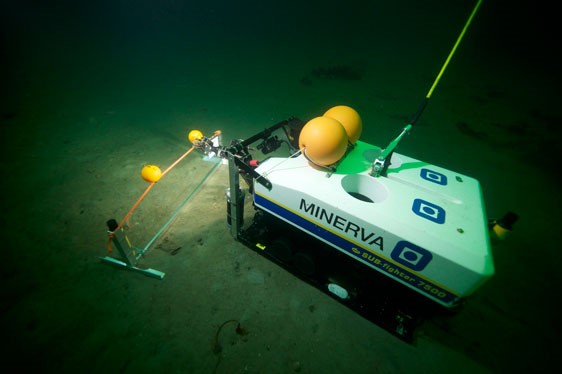
ROVs are an essential step to making robotic underwater welding work. By attaching a robotic welding arm to an ROV, moving the arm to the exact spot it’s needed is significantly easier. A patent was even filed at Harbin Engineering University in China for an underwater ROV for use in dry welding applications.
Practicality of using robots for underwater welding
While it’s nice to imagine the possibilities of underwater welding, the practicality of implementing robotics in such applications is the biggest hurdle engineers are currently facing. The technology currently available is quite limited, making any broad implementations difficult. There has been some success as far back as 2015, when Statoil finished development of a remote welding habitat for underwater pipeline repair using dry friction stir welding (FSW). Currently, however, the habitat is only able to be used on the particular pipelines it was designed for, and has not yet been adapted for widespread use.
The RESURGAM project is also currently underway, which aims to develop a wet FSW robot for use in ship hull repairs. Implementation of AI and Industry 4.0 (IoT) infrastructure will hopefully allow for widespread adoption of this technology.
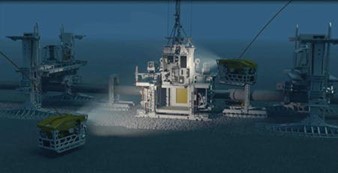
Outside of implementation, there’s concern about the up-front cost of acquiring, coding, and deploying welding robots. Experienced coders are required for every application to ensure the robot acts exactly as needed, driving up costs and increasing lead time for small-scale projects.
Potential solutions to this hurdle include a “mind-controlled” welding robot, which uses an EEG cap worn by the operator to instruct the robot arm in real time on what to do. Further development is needed before this can be put into widespread use, but the tech offers a promising look into the future of underwater welding.
Suitable components for underwater welding
Now for the finer details: what components are available to use in underwater welding applications? Thankfully, there’s no shortage of suitable parts. igus® alone offers a variety of different parts suited for underwater applications, including but not limited to plain bearings, custom print-to-mold parts, flexible cables, linear rails, and stepper motors.
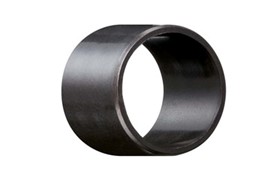
- Plain Bearings: iglide® T500 plain bearings are not only suitable for underwater applications, they’re able to withstand static pressure loads of up to 21,755 psi, ideal for extreme depths. T500 bearings also boast universal resistance to chemicals, and resistance to temperatures up to 482°F (599°F in short bursts).
- Print-to-mold: If you want to take advantage of the T500 material — or other iglide materials — in a form other than a standard plain bearing, you can use the print2mold service offered by igus to 3D print a custom injection mold using a CAD file.
- Flexible Cables: The chainflex® product line includes cable suitable for welding, and some cables have already seen use in underwater applications, primarily in controlled pools. They even offer radiation resistance up to 1.8 x 105 Gray, making nuclear reactor welding applications possible as well.
- Linear Rails: drylin® linear rails are available in a number of different materials, however the 316 stainless steel or 304 stainless options specifically are most suitable for underwater use, and can be paired with multiple drylin bearing liners easily. Typical hardened stainless steel options wouldn’t be able to perform underwater without possible corrosion.
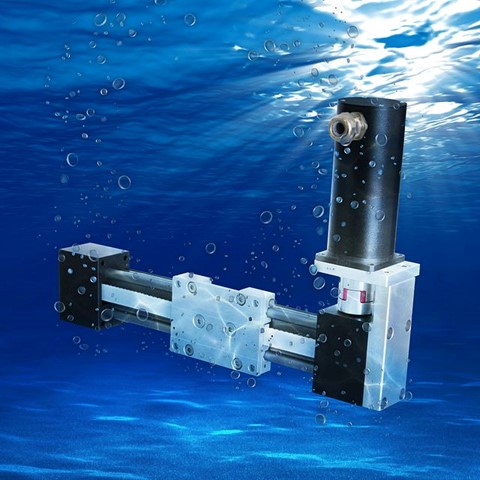
- Stepper Motors: igus offers both IP65 and IP68 stepper motors, for splashing resistance and underwater use respectively. The underwater variant can be used at depths up to 10m, making it suitable for shallow water applications.
While the technology is still in its infancy, there’s a strong case to be made for the widespread adoption of automated underwater welding. Not only will it prevent debilitating illnesses and even death, but weld efficiency and quality can both be improved. Extensive training and risky dives are replaced with programming time and safe deployment of robots, making the prospect an overwhelmingly positive one.

